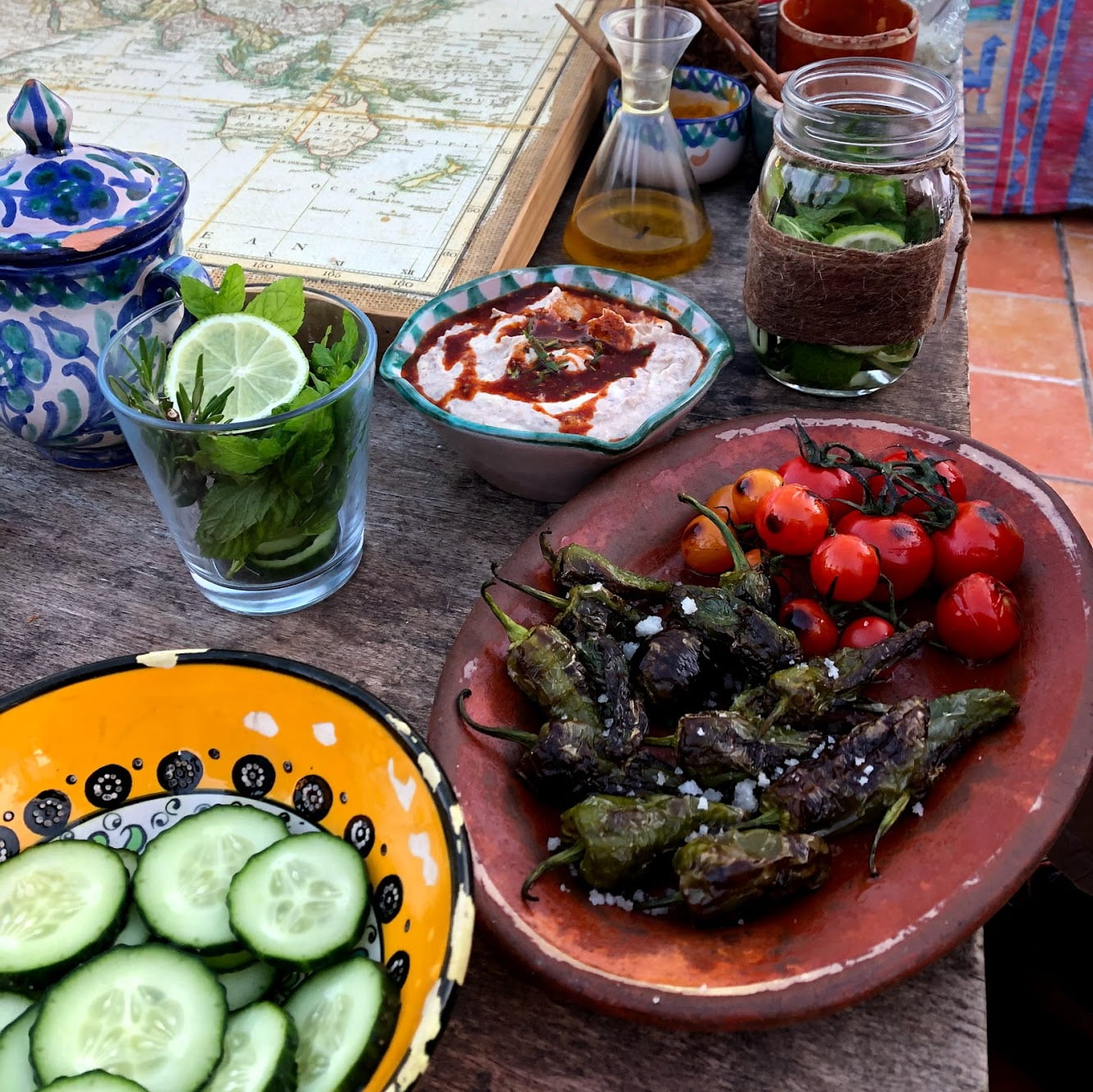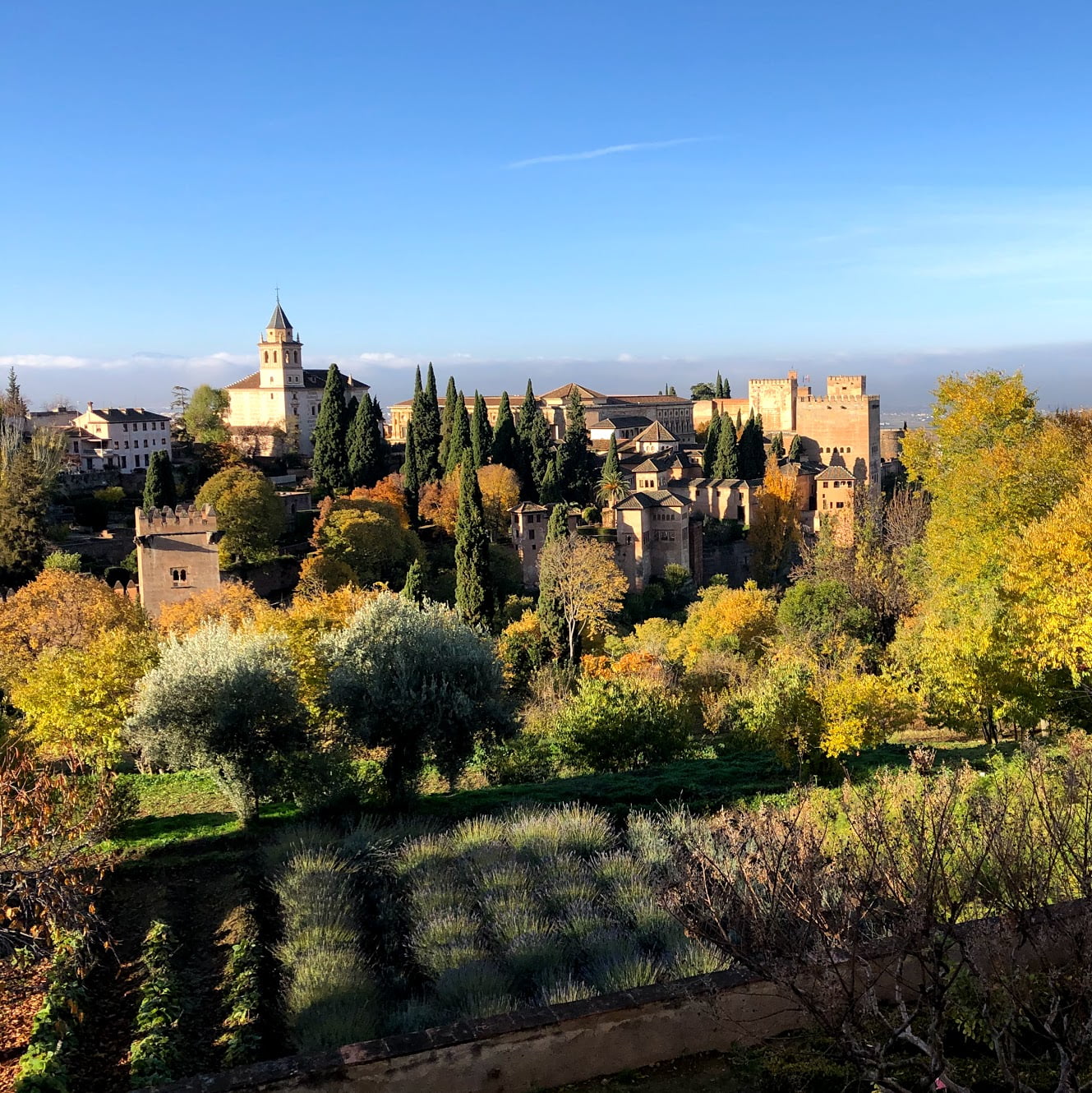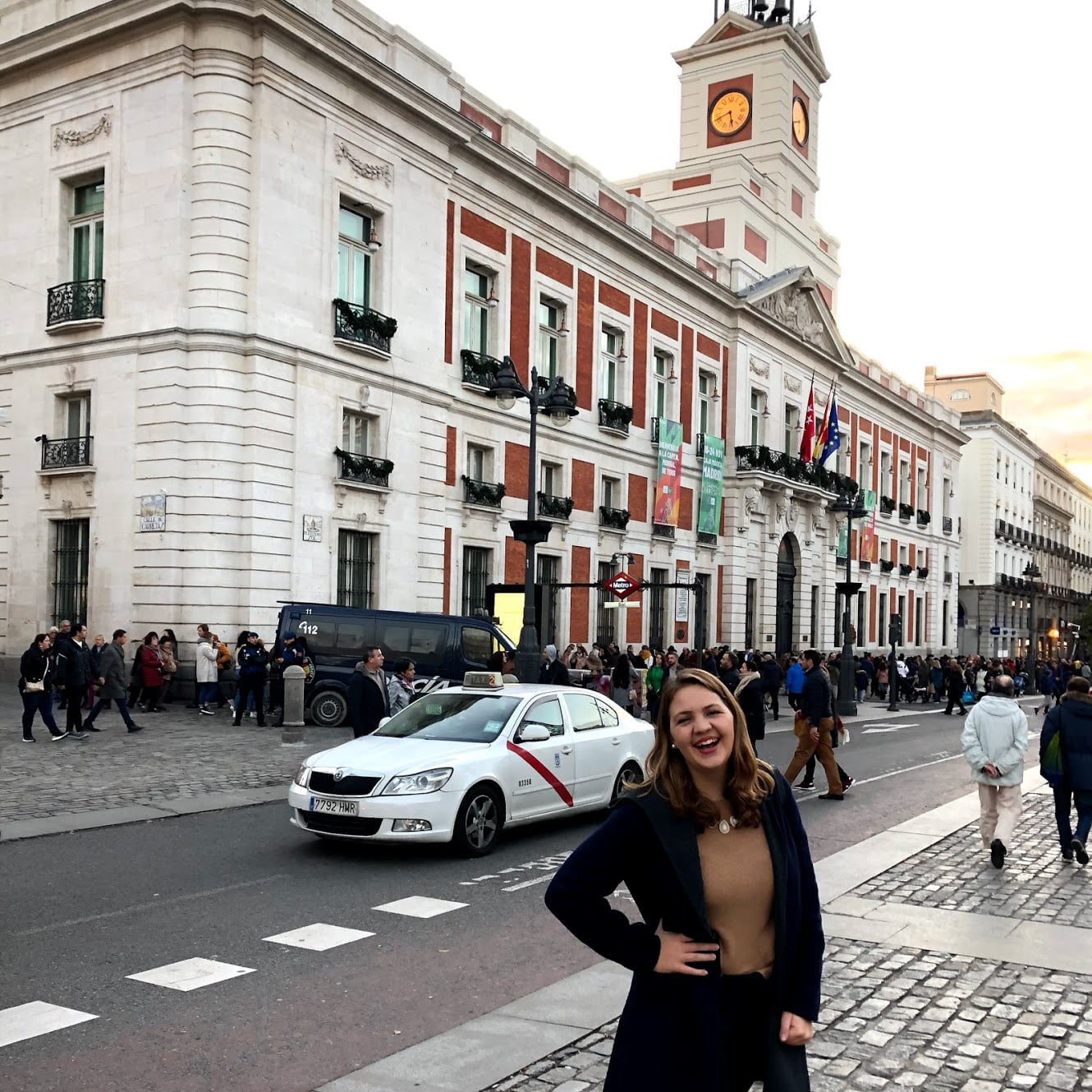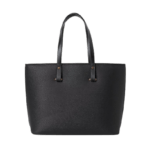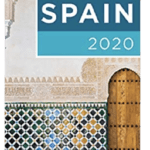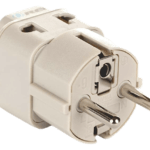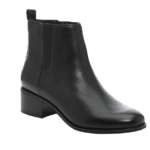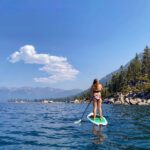Spain – City Guides and Best Highlights
Spain is a magical country filled with art, culture, history, and amazing food. I had the privilege of exploring Spain over Thanksgiving in 2019 with my family and boyfriend at the time. We flew into Madrid and drove the beautiful country roads through Córdoba, Sevilla, and Granada.
Need to Know:
Currency: Euro, check exchange rate
Language: Spanish
Airports:
Madrid – MAD
Malaga – AGP
Barcelona – BCN
Alicante – ALC
Electrical Outlets: 220v/50 cycles; electrical plugs have two round prongs
Things to See and Do in Madrid
Plaza Mayor: Considered the most famous plaza in Madrid, marked by a statue of Phillip III on his horse.
Royal Palace of Madrid: The official residence of the royal family of Spain, you can stroll outside to see the magnificent architecture and gardens, as well as many street performers. You can also buy a ticket to explore the interior.
Mercado de San Miguel: A beautiful, bustling market where you can try everything from Jamón Iberico to pastries to olive skewers.
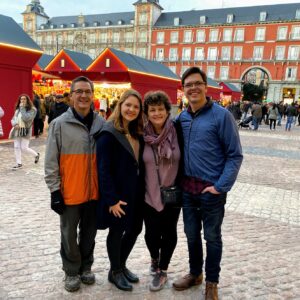
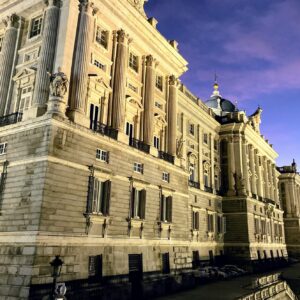
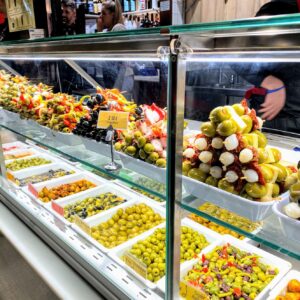
Things to See and Do in Sevilla
Catedral de Sevilla: The third largest church in the world and famously known as the burial place of Columbus, I’d recommend paying the small fee to enter this ornate cathedral and have the opportunity to climb the 35 story ramp up the bell tower for beautiful views of Sevilla.
Plaza de España: Originally built for the 1929 World’s Fair, this plaza is a big half circle showcasing Spain’s provinces on through paintings on the tiled alcoves. Star Wars fans might also recognize this plaza from Episode II- Attack of the Clones.
The Real Alcázar: Built for Christian King Peter of Castile on the site of a Muslim fortress, is a must-see site in Sevilla. You will need entrance tickets that can be purchased online or at the door. I’d recommend using some kind of tour guide to fully appreciate the significance of the palace as you wander through the beautiful rooms and gardens.
Las Setas: A unique structure in the shape of a mushroom, this is an iconic site in Sevilla with great views of the city. You pay a small fee to go to the top of the structure and follow a path around the mushroom. You will experience stunning views of the city, especially at sunset.
Triana Neighborhood: This is the neighborhood where we stayed, just a quick walk away from the city center. On the other side of the bridge of Isabelle II you will find the Triana market filled with local food vendors, the Centro Cerámica where you can buy locally made ceramic art, and many little street cafes where you can stop for an espresso or tapas.
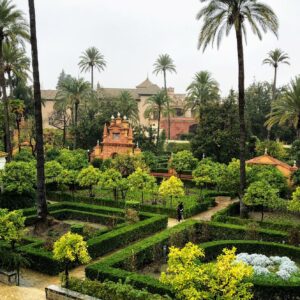
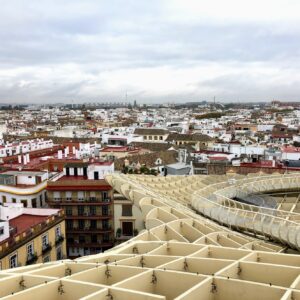
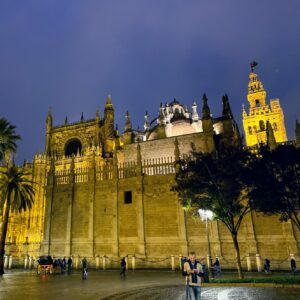
Things to See and Do in Cordoba
The Mezquita: This Mosque-Cathedral is easily the highlight of Córdoba. You can buy your entrance ticket in the courtyard of orange trees just inside the bell tower. There should be no need to buy your ticket in advance. Take your time wandering through the impressive building marveling at the unique combination of moorish and catholic design. Be sure to take a second to sit down and enjoy the Capilla Mayor located in the middle of the building with extra tall ceilings for the choir lofts.
Old Town: This area is bordered by the Guadalquivir river to the south and the Avenida de las Ollerias to the north, filled with local shops and restaurants. Spend some time wandering down the narrow streets and exploring the art and flavors of Córdoba.
Calleja de los Flores: a narrow alleyway with blue planters of flowers hanging on the walls, a notable attraction in the Old Town. This road just leads to a dead end plaza, but it is a nice photo op.
Las Setas: A unique structure in the shape of a mushroom, this is an iconic site in Sevilla with great views of the city. You pay a small fee to go to the top of the structure and follow a path around the mushroom. You will experience stunning views of the city, especially at sunset.
Roman Bridge: Built by the Romans in the early 1st century B.C., this bridge is bound to catch your eye as you leave the Mezquita and head towards the Guadalquivir river. There is a nice plaza and a tourist information center as you enter the bridge and walk across towards the Torre de Calahorra, a medieval gate-tower and town museum.
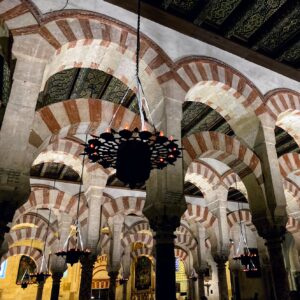
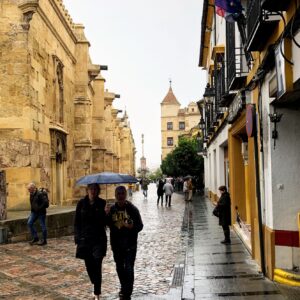
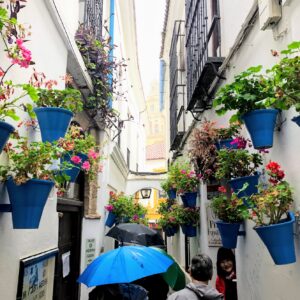
Things to See and Do in Granada
The Alhambra: The most popular tourist attraction in Spain, plan ahead to get your ticket as you cannot miss this incredible experience. Check out the details below in “Top Experiences in Spain“
Albaicín: The Albaicín, or Albayzín as it was known under Muslim rule, is a beautiful neighborhood with steep and narrow winding streets. We used the Rick Steves guide book walking tour to navigate our way through the historic neighborhood. The most popular destination is Mirador de San Nicolás . This is a viewpoint with a breathtaking view of the Alhambra. There is a thriving gypsy culture in this area so there are often gypsy women selling handicrafts, as well as impromptu flamenco and music performances. You’ll find that this lookout will be filled with people taking in the view and trying to squeeze in a good picture. To get a better photo op, head over to the Mezquita Mayor de Granada where you will find the same stunning view with a much smaller crowd.
Plaza Nueva: We used Plaza Nueva as our home-base when exploring the city center of Granada. It is a beautiful plaza at the base of the Albaicín with plenty of nearby restaurants and tapas bars.
Catedral de Granada: This is a beautiful cathedral right in the heart of Granada. The cathedral was built after Granada was taken from Musilm rule in 1492 and the architecture exhibits renaissance and baroque influence. The Royal Chapel of Granada is connected to the cathedral and is the burial site of Ferdinand and Isabella.
Alcaicería: Historically the Great Bazaar of Granada selling Arabic silks, spices, and other goods, the Alcaicería is now home to narrow alleys of souvenir stalls. You can find a variety of painted ceramics, wooden inlay items, silks, and trinkets galore. Located right next to the Cathedral, it makes for a convenient stop along you tour of Granada.
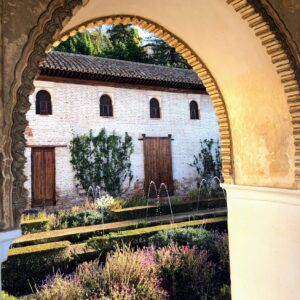
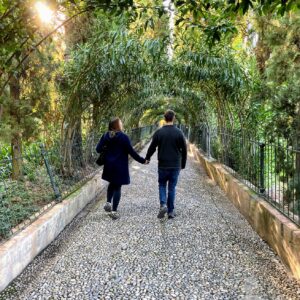
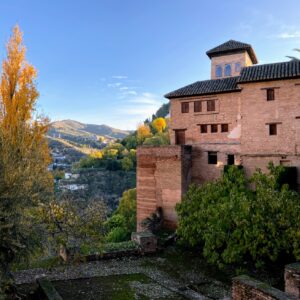
Planning Your Trip
Food – There is so much incredible food to try in Spain, so make sure you taste a variety of options, specifically what is local to each region or city you are visiting. The number one food most people think of when they think of Spain is, of course, Paella. We learned during our cooking class in Sevilla that the only true Valencian Paella is made with chicken and rabbit. If there is seafood or chorizo, it is not Paella! Be on the lookout for Paella imposters. Be sure to also try the famous Jamón Ibérico, made from acorn fed pigs. Some of my other favorite foods are Spanish omelet (more like egg and potato frittata), Pementos de Padrón (charred peppers, not the spicy kind), churros con chocolate (the chocolate is not like American hot chocolate, it’s for dipping not drinking), and any and all tapas! As for drinks, definitely try the local Spanish wines and Sangria if you are at someone’s house or a party. Spaniards don’t order Sangria when they’re out at a bar. It is to be made at home for special occasions, Sunday barbecues, etc.
Getting Around – We rented a car in Madrid to go from city to city, driving the beautiful Spanish countryside. This was a convenient option as we stayed at Airbnbs with parking, but it definitely takes a special skill to drive in the cities with the narrow roads, tight corners, and lack of parking. When we arrived in each city, we parked the car and left it there the whole time, mainly walking to get around. Sevilla, Córdoba, and Granada are very walkable, so if you are able, lace up your walking shoes and head out. There are some big hills in Granada so if you have difficulty with hills, I would recommend looking into the little red buses that are the local form of public transit. In Madrid, I recommend using the metro. The metro is fairly straightforward and we were able to navigate from where we stayed in the Berruguete neighborhood to Puerta del Sol downtown getting on at the Estrecho stop.
Top Experiences in Spain
November 25, 2019



